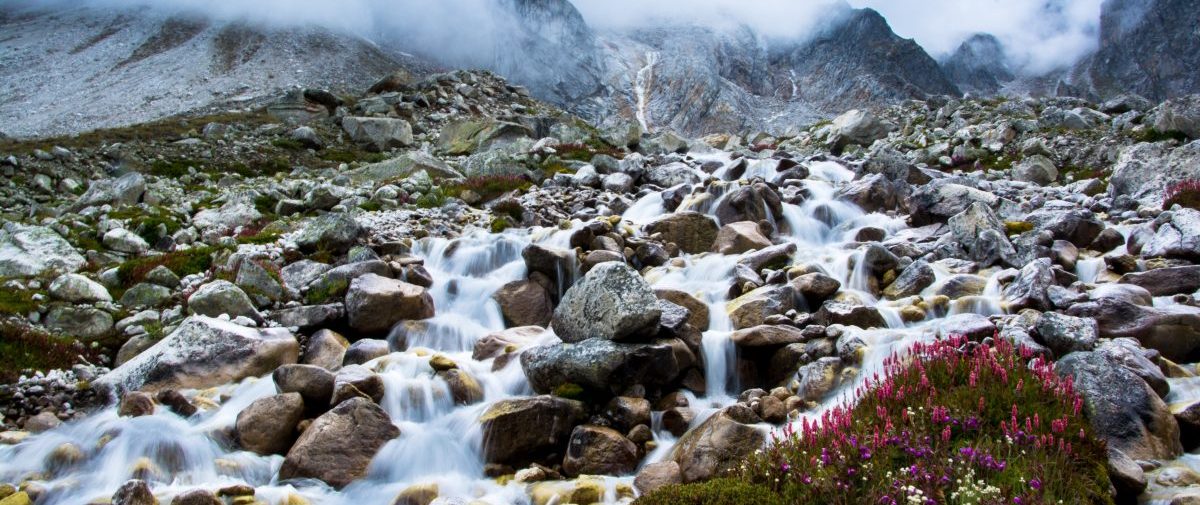Canada’s Myth of Water Abundance
Many Canadians believe that we hold a quarter of the world’s fresh water supply, but this abundance is more myth than reality, as these facts illustrate. (PDF 32KB)
Delegated Water Governance
The past decade has heralded a shift in approaches to water across Canada, marked by the emergence of new watershed based delegated governance models, a demand for higher standards of drinking water, and the increasingly active voice of citizens in environmental policy and management. (PDF 43KB)
Drinking Water
There is huge variation in the management of drinking water across Canada, and currently there is no federal legislation on drinking water standards. The provinces and territories are responsible for the provision of safe drinking water, though the actual management of drinking water often falls to the municipal governments. (PDF 38KB)
First Nations Reserve Drinking Water Issues in Canada
In December 2014 there were 170 drinking water advisories in effect in 122 First Nation communities in Canada. This governance primer outlines the scale of drinking water issues experienced by First Nations, the governance actors involved in drinking water provision on reserves, and key governance concerns regarding First Nations’ drinking water. It identifies the current state of Bill S-8, the Safe Drinking Water for First Nations Act, and concerns raised regarding this act. (PDF 180KB)
Groundwater Use Regulation
Water law in Canada is based on English common law, which historically distinguished between surface water and groundwater. The former was governed by riparian rights, the latter was governed by the Rule of Absolute Capture. While water users with riparian rights had obligations not to infringe on the rights of downstream users, those with groundwater rights were entitled to extract water without any regard for impacts on their neighbours. Though hydrogeological understandings of groundwater have evolved dramatically, groundwater regulations have yet to ensure sustainable use of groundwater in Canada. (PDF 51KB)
IPPs & Run-of-the-river Hydro in BC
Independent Power Projects, or IPPs, play a big role in British Columbia’s vision of energy development in the future. The majority of installed or proposed IPPs in BC are run-of-theriver hydro projects. These smaller-scale hydro projects are seen as the most viable “green” alternative – providing clean, low environmental impact solutions to new power generation. The following facts reveal the somewhat more complex picture of run-of-the-river hydro impacts on BC’s waters. (PDF 33KB)
Public/Private Water
Whether water is a public good or a commodity is a highly contentious issue among Canadians. The debate over public or private water often emerges in the context of water supply management, where aging infrastructure, increasing consumer expectations, and a growing awareness of environmental impacts are forcing communities to consider what is the ‘best mix’ of models to ensure sustainable water now and into the future. (PDF 67KB)
Water & Climate Change
Climate change impacts water resources in a myriad of ways, but due a mismatch in scale between global climate change models and catchment scale water management, predicting exactly where and how climate change will affect water is extremely difficult. While detailed projections remain illusive, there is certainty that “hydrological characteristics will change in the future”. These changes will require new policies that enable communities to adapt. (PDF 37KB)
Water Conservation
New water saving technologies and approaches offer a wide range of opportunities for Canadians to change their relationship to water from one dominated by consumption to one of conservation. (PDF 35KB)
Water Pricing
What is the right price for water? Why do Canadians need their governments to get the prices right? There is a concern among water experts in Canada that provincial and municipal governments “rarely get the prices right” and that this results in “overconsumption, water use conflicts, deteriorating infrastructure, declining water quality, and stifled innovation in water-conserving technologies”. Raw water pricing occurs at the provincial level, whereas the water rates to consumers are set by municipalities. The challenge is that to ‘get the prices right’ water pricing reforms need to address numerous, often conflicting, policy goals. Alone, water pricing reform is unlikely to achieve the improvements needed in water allocation and infrastructure; nonetheless, effective pricing is a vital component of a wider effort to improve water management in Canada. (PDF 45KB)
Water Rights Across Canada
Water rights vary between Canadian provinces. Each province falls into one of the following four approaches to water rights: prior allocation, public authority, riparian rights, or civil code. Aboriginal water rights play an important role in each province. (PDF 44KB)
Water Use & Consumption In Canada
Water is used for a number of different purposes depending on whether the water is withdrawn from its source or whether it is used instream. The main uses associated with water withdrawals are drinking, irrigation, manufacturing, mining, generating thermal electricity and diluting waste. Instream uses include: transportation, recreation, tourism, fish and wildlife. The following facts paint a picture of water use in Canada. (PDF 43KB)
